New research shows that Roman wine, aged in buried clay jars, has a slightly spicy taste, with aromas of toasted bread, apples, roasted walnuts, and curry.
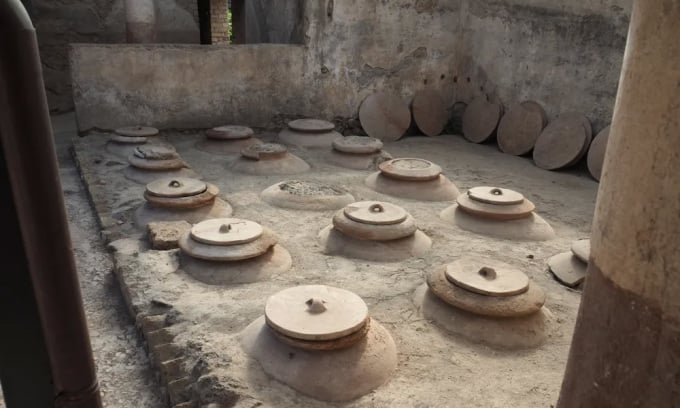
Dolia jars buried in a wine cellar in the town of Boscoreale, Italy. Photo: E. Dodd/Ministryo della Cultura/Parco Archaeologico di Pompei
The ancient Romans (roughly the 8th century BC to the 5th century AD) drank a lot of wine. Some historians estimate they drank up to a liter of diluted wine a day, more than most people in the 21st century. A new study published in the journal Antiquity sheds new light on the wine's flavor, aroma, and texture, Smithsonian reported on March 4. The wine had a slightly spicy taste, with aromas of toast, apples, roasted walnuts, and curry.
In the new study, the team looked at dolias, clay vessels that Romans used to store, ferment, and age wine. Historians have long known that dolias were commonly used, but many questions remained about the details of their production. The new research shows that these vessels were essential tools in winemaking techniques. They were no ordinary vessels, but precisely designed, with ingredients, size, and shape all contributing to successful aging.
Dolia was a key element in ancient winemaking for hundreds of years, according to Dimitri Van Limbergen, lead author of the study and an archaeologist at Ghent University. Today, many wines are produced in stainless steel tanks and with added preservatives.
The Romans buried dolia jars up to the brim in the ground and sealed them with lids to regulate the temperature, humidity, and pH during fermentation, according to Van Limbergen and co-author Paulina Komar, an archaeologist at the University of Warsaw. The clay jars were porous and coated with tar on the inside, which helped tightly control oxidation.
The dolia had a narrow base, allowing the grape solids to sink to the bottom and separate from the wine, creating an orange color. But comparing this color to modern wines is difficult, because Roman wines were not divided into red and white wines. “Roman wines came in a wide variety of colors, from white, yellow, to gold, amber, brown, red, and black, all depending on the type of grape used,” Van Limbergen explains.
The conditions created by burying the vessel also influence the wine’s unique characteristics. Inside the vessel, yeasts grow on the surface of the wine, creating chemical compounds such as sotolon. These compounds impart distinctive flavors and aromas.
“Ancient wines made from white grapes and using such techniques would certainly have an oxidized taste, with complex aromas of toast, dried fruit (e.g. apricots), toasted nuts (walnuts, almonds), green tea, with a dry and resinous feel (there are many tannin compounds in the wine from the grape skins),” Van Limbergen said.
Thu Thao (According to Smithsonian )
Source link




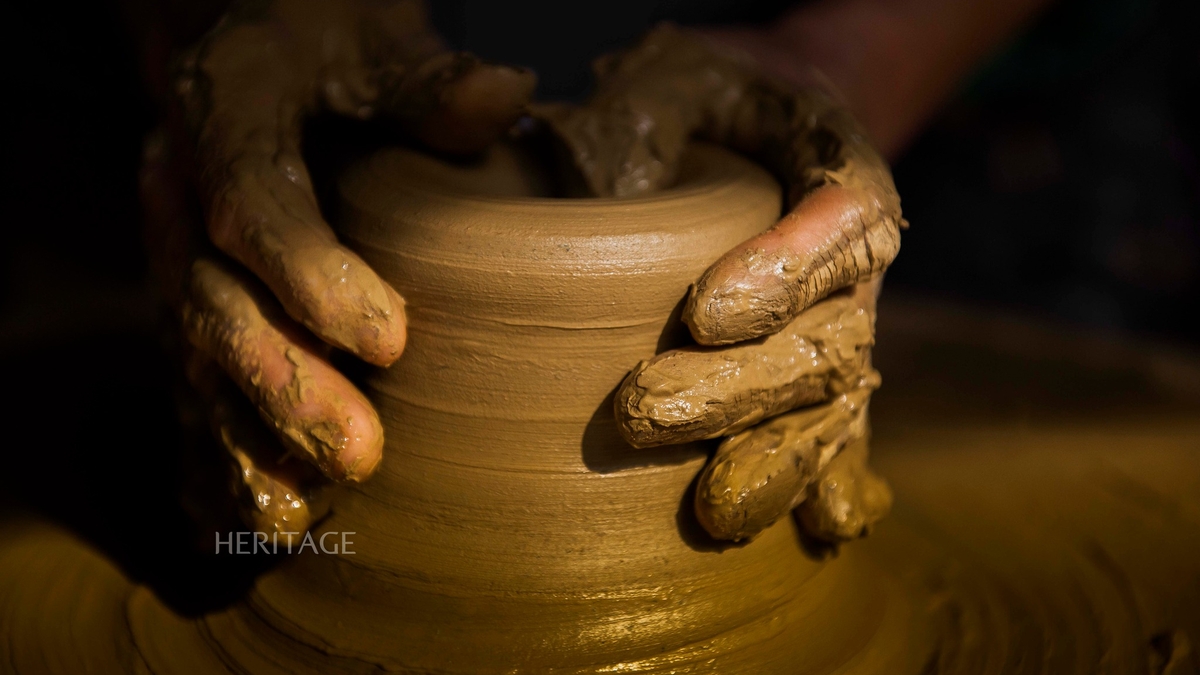





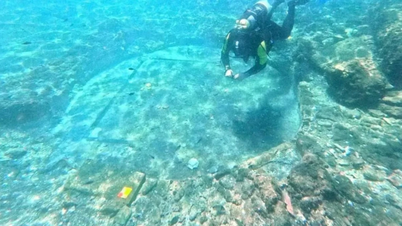

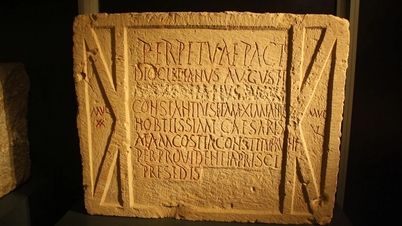

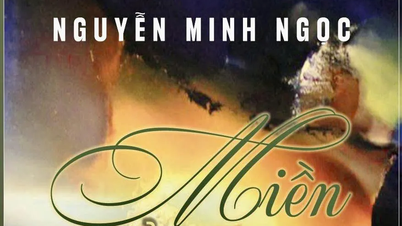

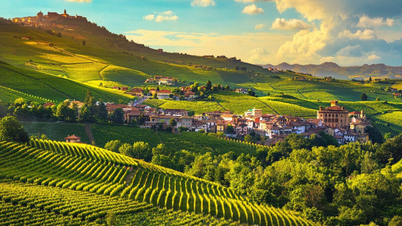

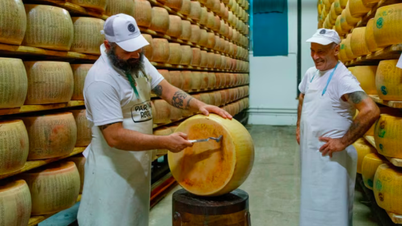










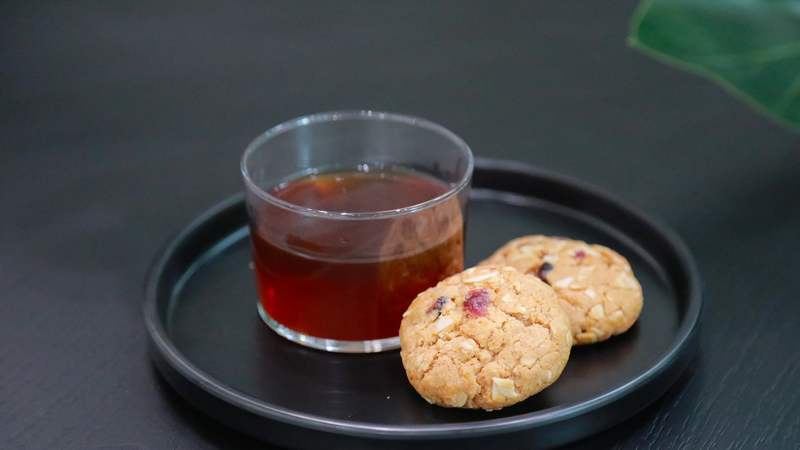
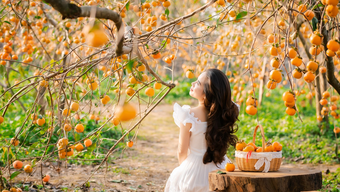


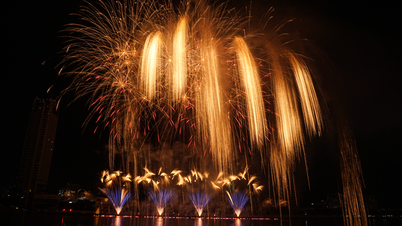
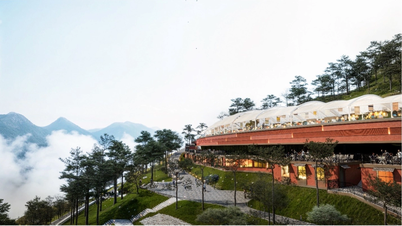
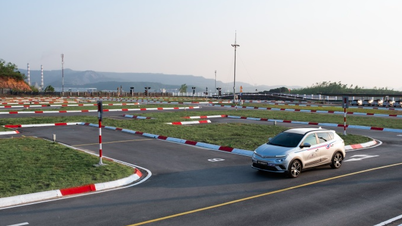









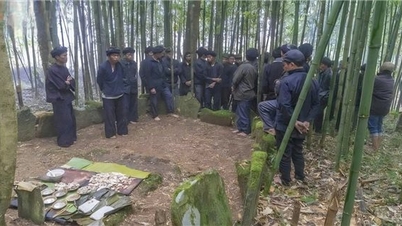











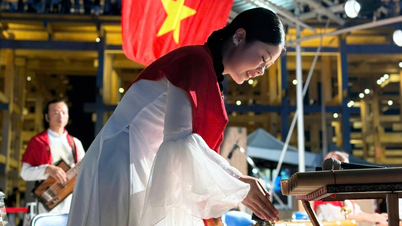
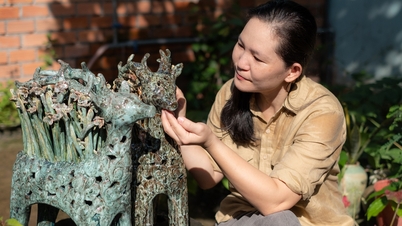









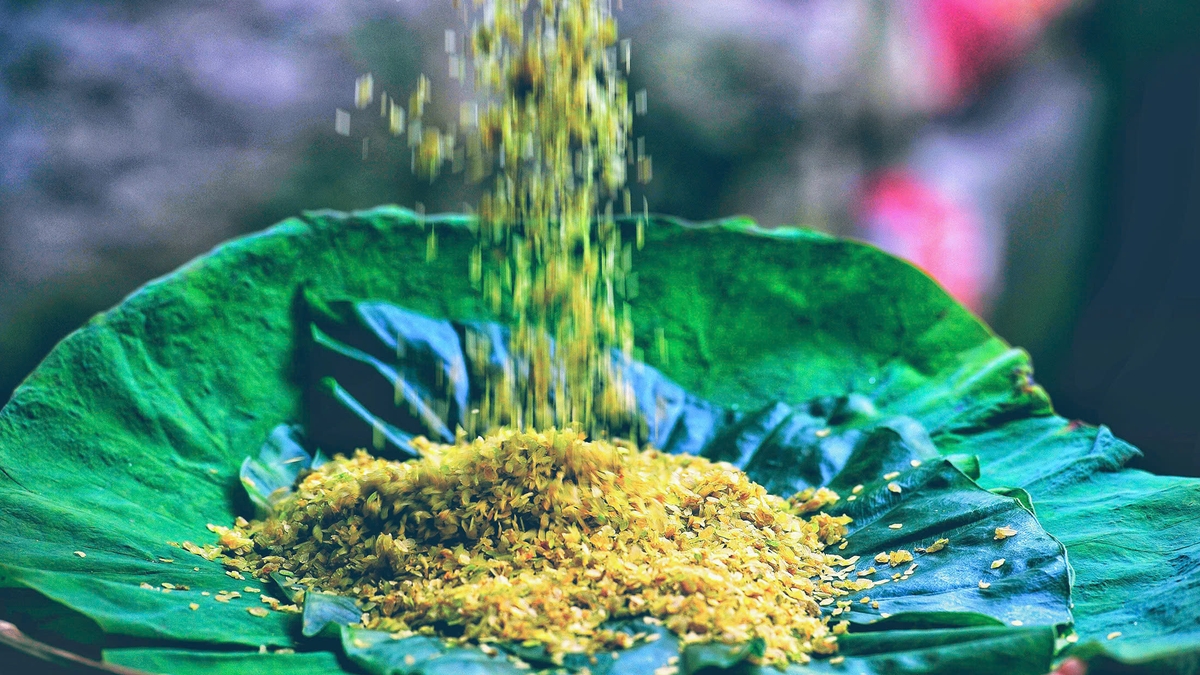

































![Dong Nai OCOP transformation: [Article 4] Reaching national standard products](https://vphoto.vietnam.vn/thumb/402x226/vietnam/resource/IMAGE/2025/11/11/1762825820379_4702-cac-san-pham-trai-cay-chung-nhan-ocop-nongnghiep-174649.jpeg)



![Dong Nai OCOP transition: [Article 3] Linking tourism with OCOP product consumption](https://vphoto.vietnam.vn/thumb/402x226/vietnam/resource/IMAGE/2025/11/10/1762739199309_1324-2740-7_n-162543_981.jpeg)



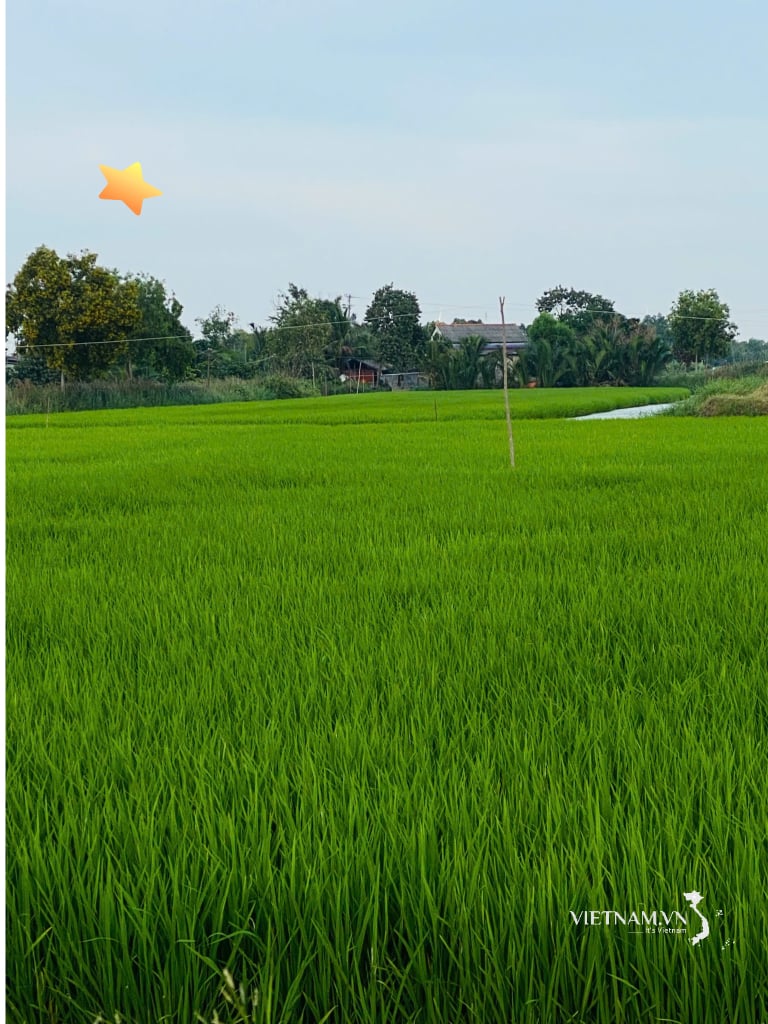

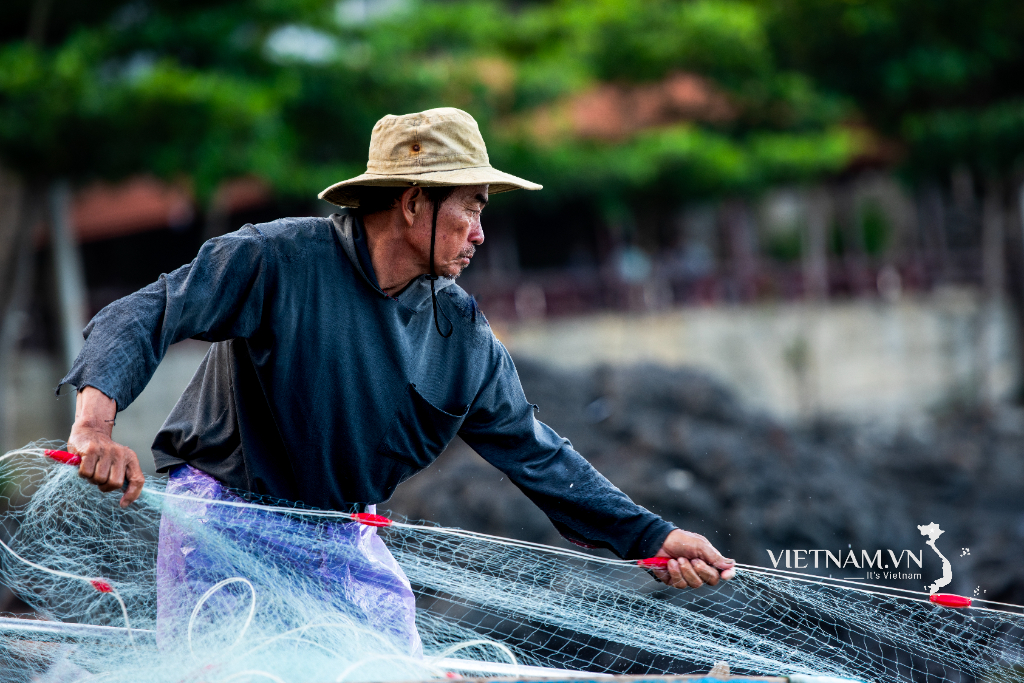
Comment (0)